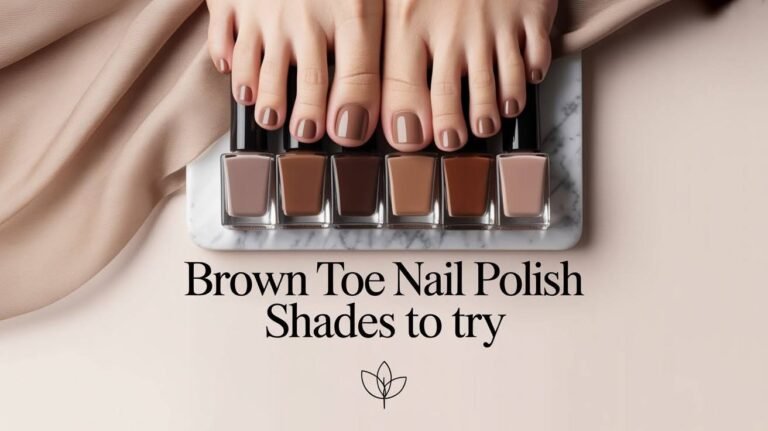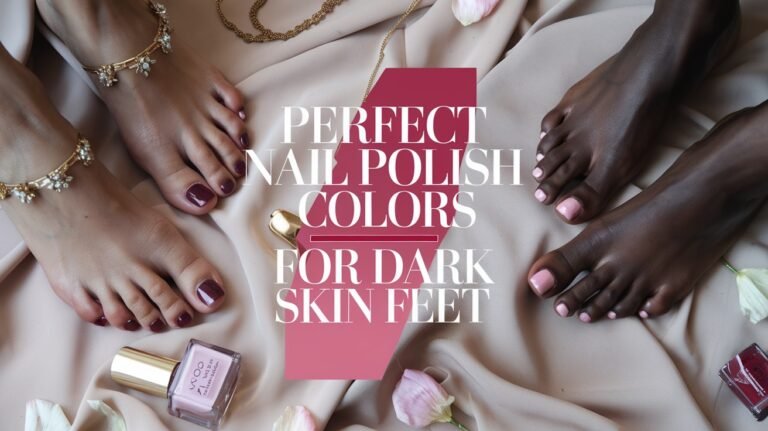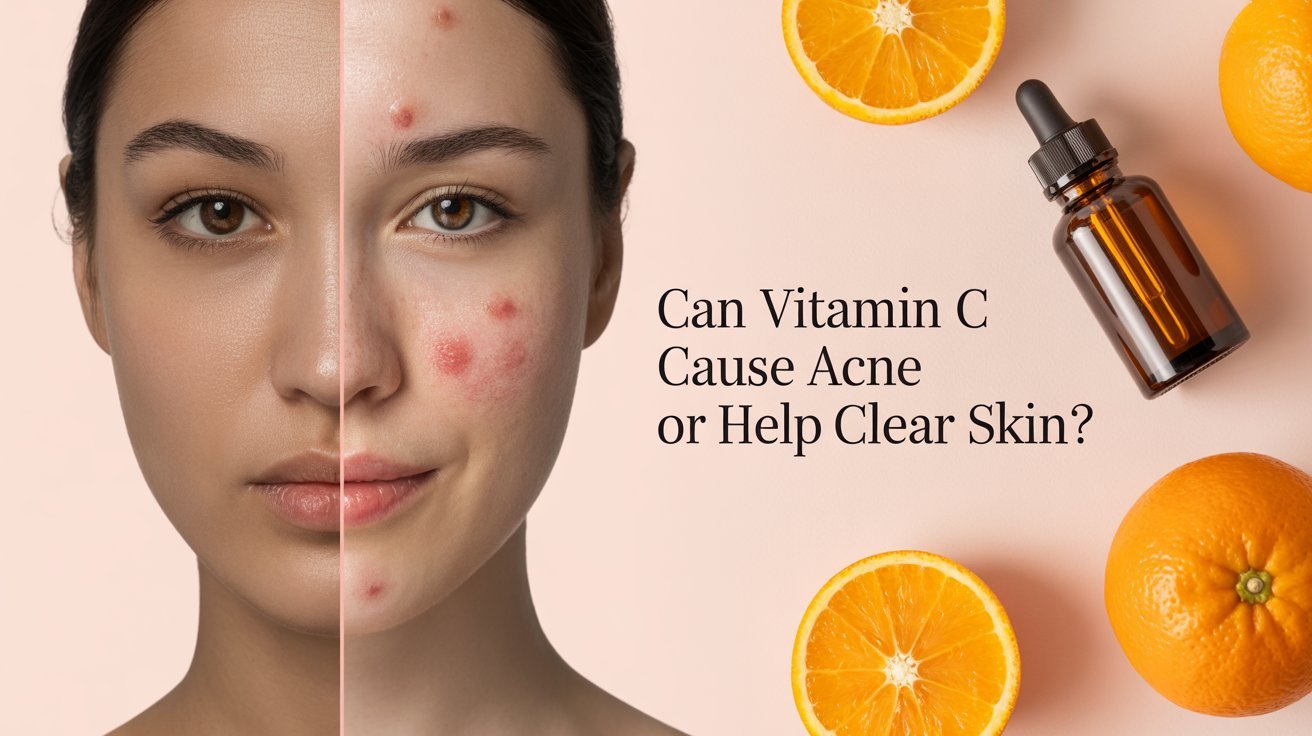When Did Acrylic Nails Start: Origins & Evolution
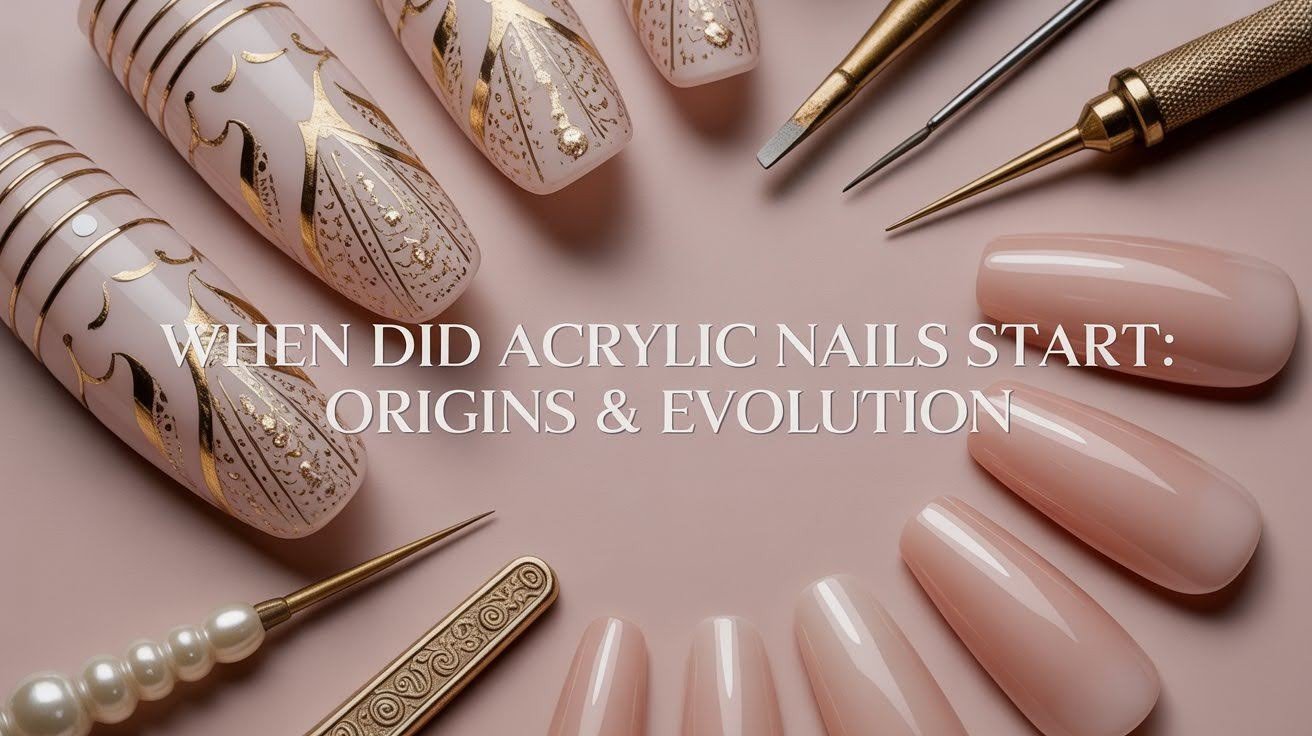
Ever caught yourself staring at your acrylics and wondered when did acrylic nails start? I have too. It’s wild to think something so common today has such a unique backstory. In this article, I’m answering that exact question for you.
You’ll learn how a dentist accidentally invented acrylics in the 1950s. We’ll look at ancient Egypt and China where nail art first began. I’ll show you how each decade changed nail trends.
You’ll see why acrylics beat other nail types. Plus, I’ll cover exciting future innovations coming soon.
I’ve done the research so you don’t have to. Everything here comes from reliable sources and real nail industry history.
By the end, you’ll know exactly when acrylic nails started and why they matter. Let’s get into it.
Ancient Origins of Artificial Nails
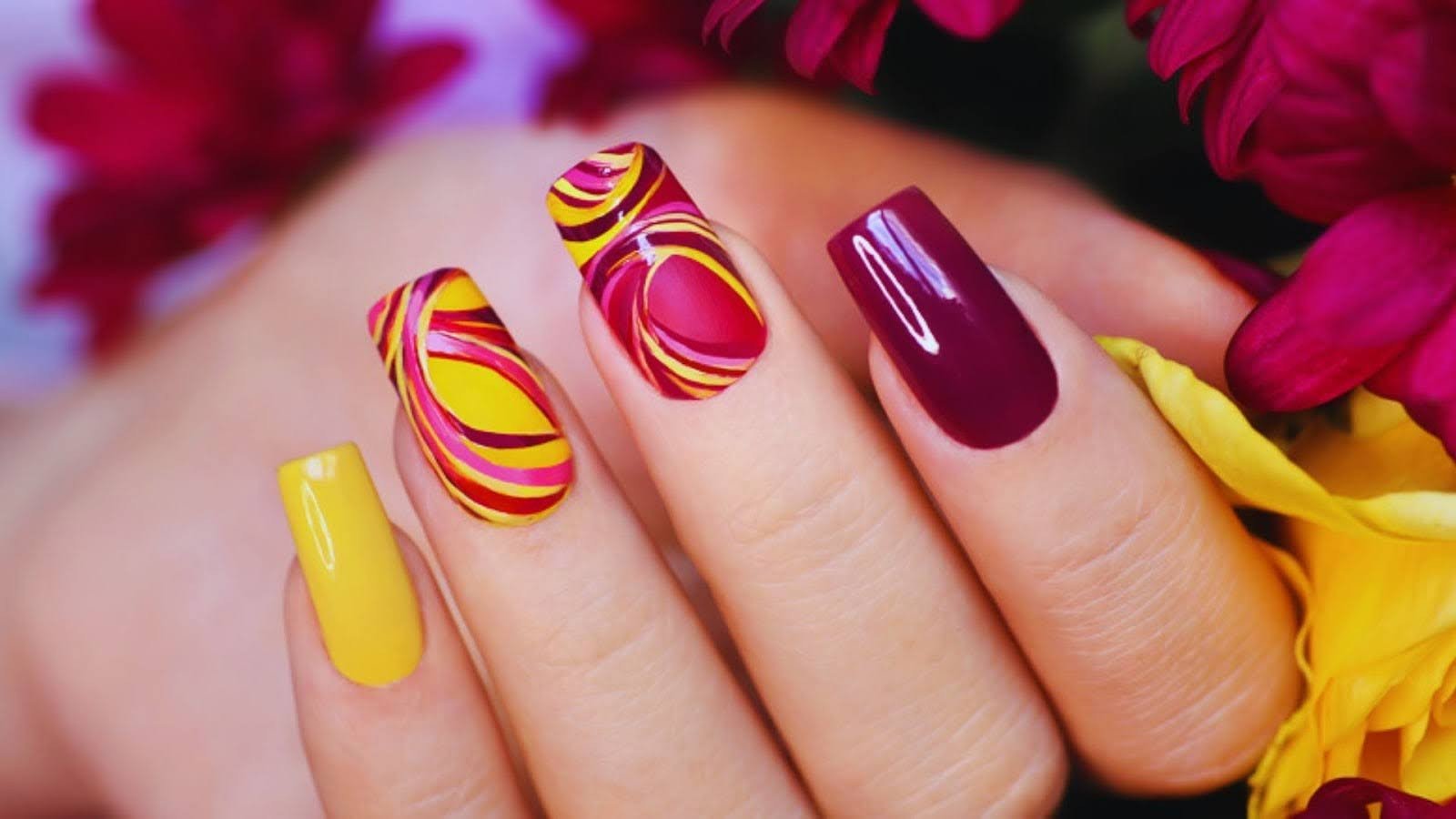
Long before modern salons existed, ancient civilizations were already enhancing their nails. In ancient Egypt around 5000 BC, wealthy women used ivory, bone, and gold to extend their nails as symbols of power and wealth.
In China during the Ming Dynasty, elites wore long nail guards to show they didn’t do manual labor.
Nails told stories about social rank. Certain colors like red were reserved only for royalty and nobility. Wearing the wrong color could get you in serious trouble. Nails were a language of their own.
The Birth of Modern Acrylic Nails
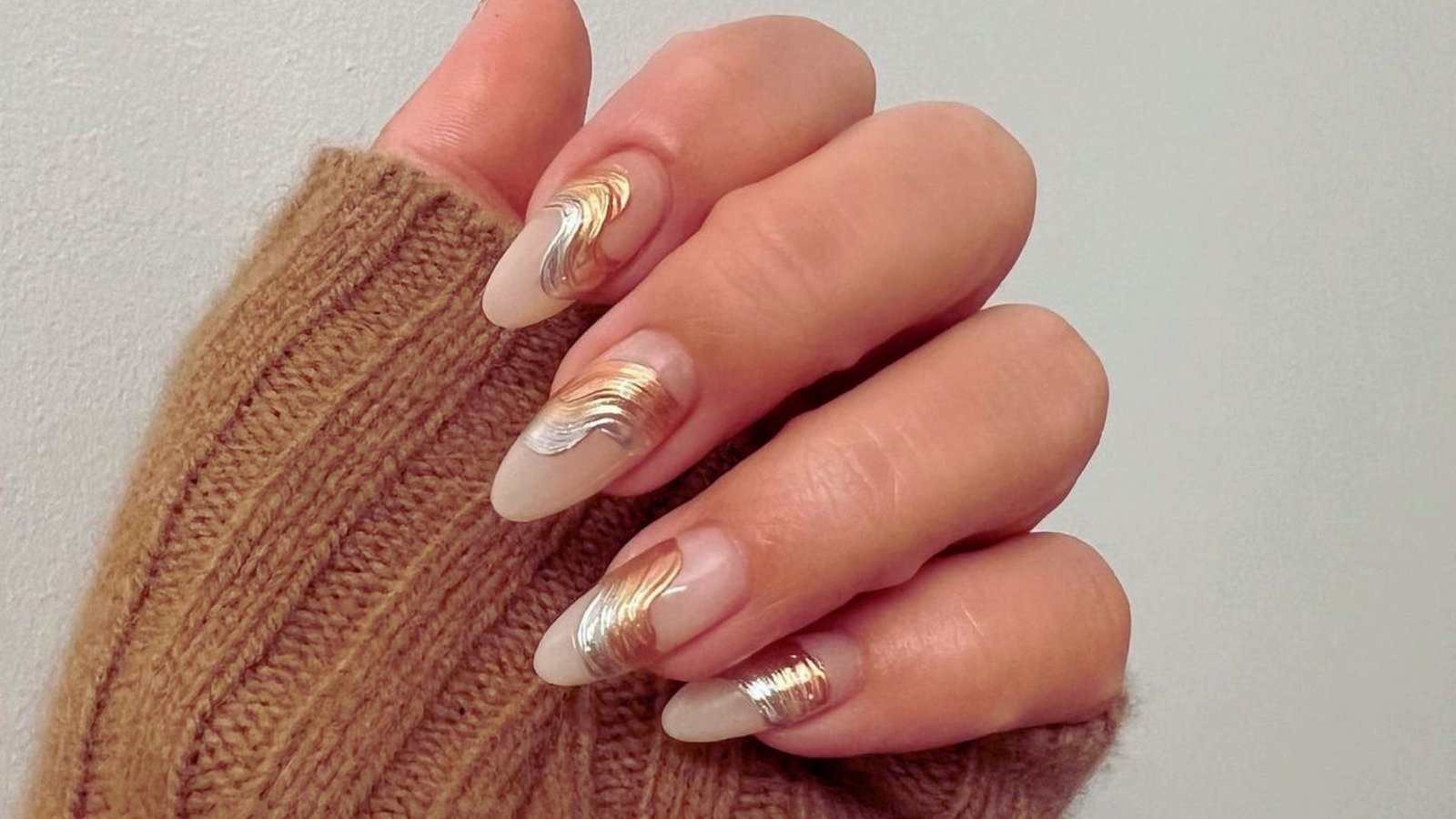
The 1950s brought an accidental invention that changed nail care forever.
When Did Acrylic Nails Start?
The true invention of acrylic nails happened in the 1950s. This is the real answer to when did acrylic nails start. In 1957, a dentist named Dr. Frederick Slack broke his own fingernail at work. Instead of leaving it broken, he had an idea.
He used dental acrylic material to create a fake nail. It worked perfectly. Dr. Slack and his brother Tom realized this could become something bigger. They started experimenting with formulas specifically for nails.
From Dentistry to Beauty
The connection between dentistry and nails might seem odd. But it makes sense when you think about it. Dental acrylic was strong and moldable. It could bond to surfaces and harden quickly.
Early beauticians and manicurists started using these dental materials. They adapted the techniques for nail work. The formulas were rough at first. They smelled strong and looked thick. But they opened up a whole new world for nail enhancement.
Evolution Through the Decades
Each decade brought new styles and improvements to acrylic nails.
1960s–1980s: Rise of Acrylic Popularity

Acrylic nails moved from dentist offices into beauty salons during the 1960s. Fashion culture embraced them quickly. Women loved having long, strong nails that didn’t break.
Early acrylics looked thick and obviously fake. But techniques improved through the 1970s and 1980s. Nail technicians learned to create thinner, more natural-looking nails.
The industry grew rapidly. Training programs started appearing across the country.
1990s–2000s: Mainstream and Celebrity Influence
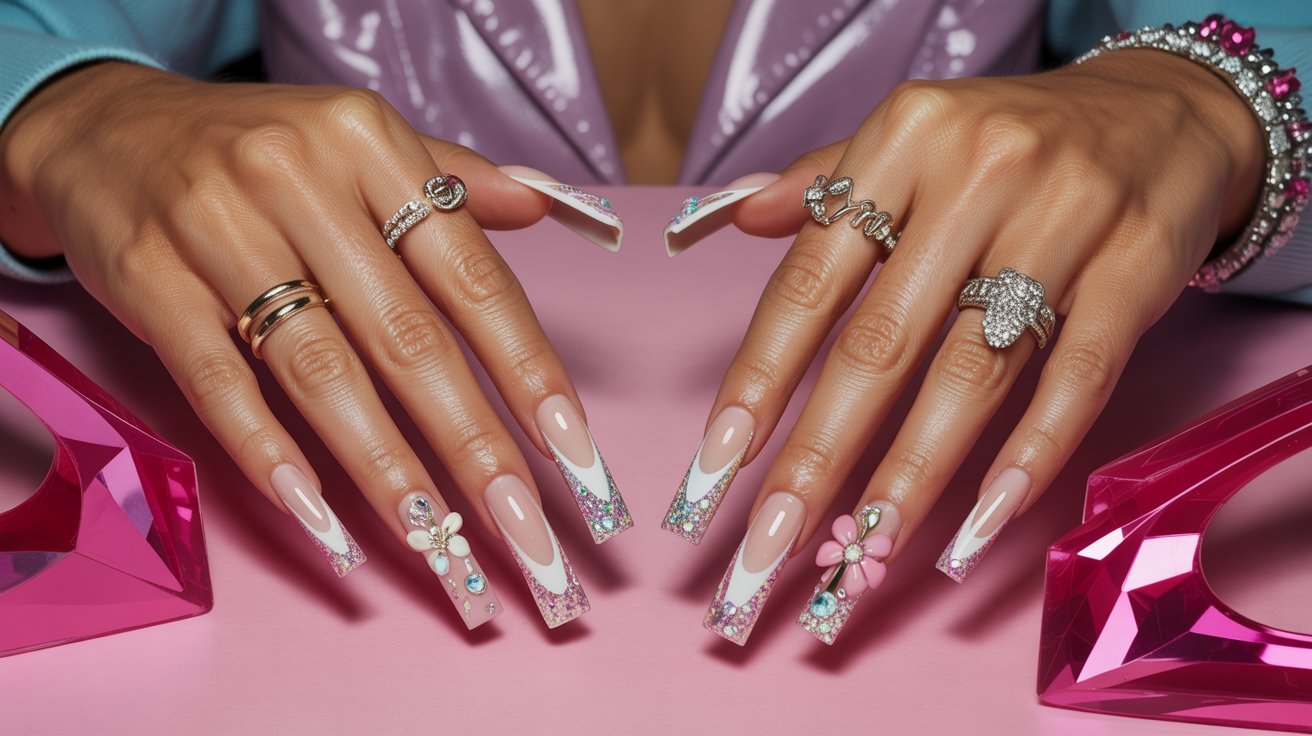
The 1990s made acrylic nails a mainstream trend. Pop icons and celebrities showed off bold designs on magazine covers. Nail artists became creative professionals.
This era brought acrylic nail art into the spotlight. Glitter became standard. Gems and rhinestones covered fingertips. 3D effects like flowers and bows appeared.
French tips dominated. The longer and more decorated, the better.
2010s–Today: Modern Innovation
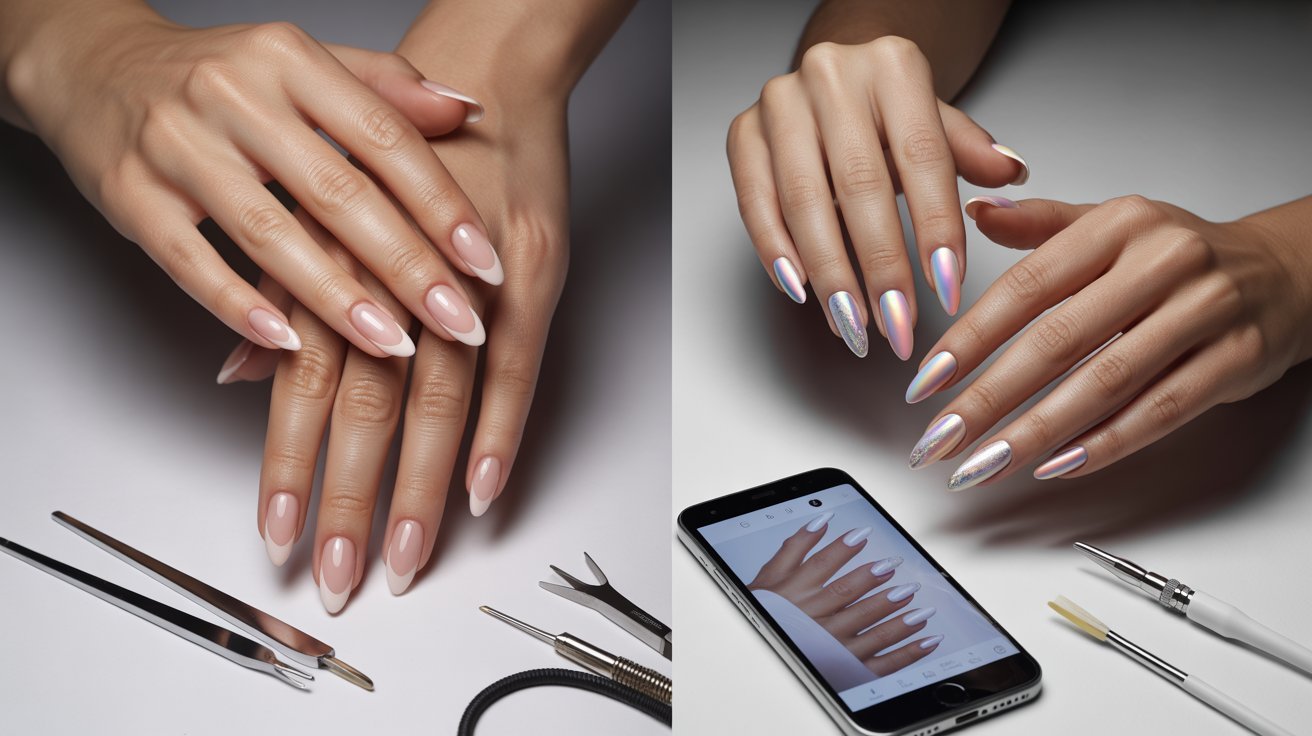
Today’s acrylic nails are far advanced from the 1950s version. Modern formulas smell much better. Some are even odorless. Flexible polymers make nails less likely to crack.
Social media changed everything about nail art. Instagram and Pinterest spread designs worldwide instantly. Nail technicians became influencers.
3D printing technology entered the nail industry. Custom press-ons and intricate designs became easier to create. The possibilities feel limitless now.
Acrylic Nails vs Other Nail Enhancements
Acrylics use a liquid monomer and powder polymer that harden when combined. Gel nails use a gel formula that cures under UV or LED light. Builder gel is thicker than regular gel and adds structure.
Acrylics are incredibly durable and can last three to four weeks. Gels tend to look more natural and glossy right away. Acrylics can be filed and shaped easily even after they dry.
Professionals love acrylics because they’re strong and versatile. You can create dramatic length and shapes. They’re also typically more affordable than gel systems. Each type has its place in the nail world.
The Future of Acrylic Nails
Innovation never stops in the nail industry.
- Eco-friendly materials with fewer harsh chemicals and biodegradable options are in development
- Digital nail art printers can create intricate designs in minutes
- Hybrid systems now combine the best features of acrylics and gels
- New formulas are being designed to strengthen natural nails underneath
- Smart technology may monitor nail health in the future
Conclusion
So when did acrylic nails start? Back in 1957, when a dentist broke his nail and changed beauty forever. I remember my first set of acrylics.
I felt like a different person, more put together somehow. It’s amazing how nails can do that for us. Now you know the whole story, from ancient royalty to your local salon.
Next time you sit in that nail chair, you’ll appreciate the history on your fingertips.
Got a favorite nail look? I’d love to hear about it. Drop a comment and let’s chat about your go-to style.
Frequently Asked Questions
Who invented acrylic nails?
Dr. Frederick Slack, a dentist, invented acrylic nails in 1957 after breaking his own nail. He used dental acrylic material to create the first artificial nail.
How long do acrylic nails typically last?
Acrylic nails usually last three to four weeks before needing a fill. Natural nail growth creates a gap that requires maintenance.
Are acrylic nails damaging to natural nails?
Acrylic nails can damage natural nails if applied or removed incorrectly. Proper application and careful removal by trained technicians minimize damage.
What’s the difference between acrylic and gel nails?
Acrylic nails use liquid and powder that air-dries hard. Gel nails use a gel formula that cures under UV or LED light.
Can you do acrylic nails at home?
You can do acrylic nails at home with proper supplies and practice. Professional application is safer and gives better results for beginners.



